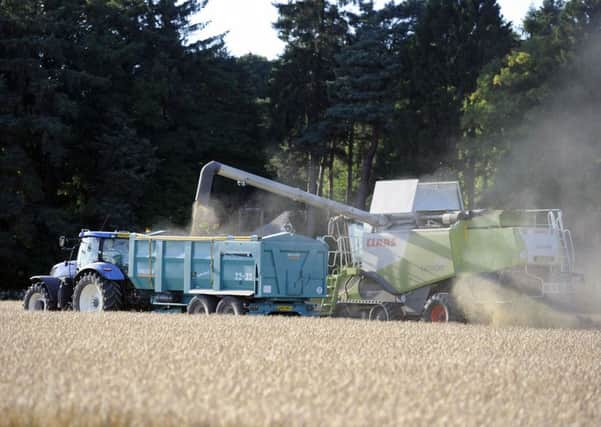Farm tenants and landlords urged to use new amnesty
This article contains affiliate links. We may earn a small commission on items purchased through this article, but that does not affect our editorial judgement.


The amnesty – which gives those in the sector who had carried work out in the past without giving the statutory notification required for compensation the opportunity to have its value recognised at waygo – is set to be the subject of one of the first codes of practice released by the recently appointed Tenant Farming Commissioner.
• READ MORE: Farming news
Meanwhile, the Scottish Agricultural Arbiters & Valuers Association (SAAVA) and the Central Association of Agricultural Arbiters (CAAV) will this week release a detailed paper which looks at the legal background and implications of the amnesty – including template documents setting out a model for an agreement between tenants and landlords.
Advertisement
Hide AdAdvertisement
Hide AdSAAVA president Rob Forrest moved recently to quell some misapprehensions about the amnesty. He said: “Under the Land Reform Act, and starting on 13 June this year, we now have a temporary opportunity to regularise the position for existing improvements on tenanted farms.”
Encouraging tenants to use this chance to get their “house in order” and establish the compensation terms of any improvements made, he said: “It must be made clear that the amnesty only determines what improvements are eligible for compensation and does not agree value. That can only be established when the tenancy ends, maybe in decades. Nor will it lead to any immediate payments.”
Forrest said that while no actual valuation would be put on the improvements during the amnesty, the aim was to identify which features such as buildings, fences and other improvements would qualify for assessment.
• READ MORE: Landowners pledge to support tenant farmer amnesty
And, making plain that although tenants work would be “black patched” in rent negotiations, he moved to correct any misapprehension that payments would be made to tenants at any time other than waygo: “Simply put, the sector has a three-year window in which landlords and tenants can agree on which improvements would qualify for compensation when a tenancy ended.”
However, he also warned that the proper notification should be served before tenants began any new undertakings.
Advertisement
Hide AdAdvertisement
Hide AdHe stressed that work either not completed or still at the planning stage when the amnesty began would not qualify for consideration if the statutory procedures on notification had not been followed.
• READ MORE: Tenancy sector ‘failing to benefit’ from land reform
Jeremy Moody, secretary and adviser to the CAAV, said that the amnesty was “good housekeeping” which would save the risk of future conflict and legal procedure – but warned that it might be time consuming and difficult to go through 50 years-worth of patchy records.
But he said: “The aim should be to seek agreement over the course of the amnesty and have a signed document to define what will be compensated at the end of the tenancy, all recorded for use at the future waygo.”